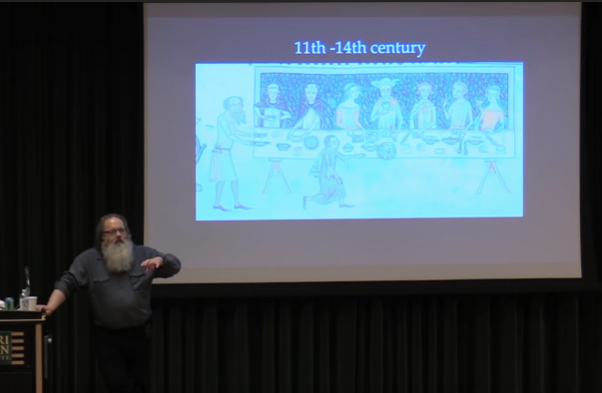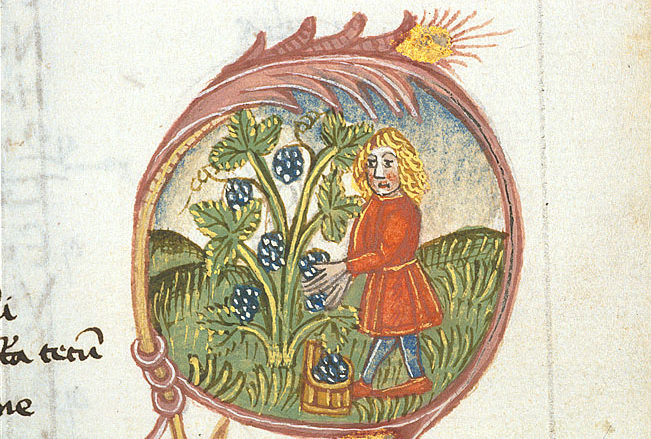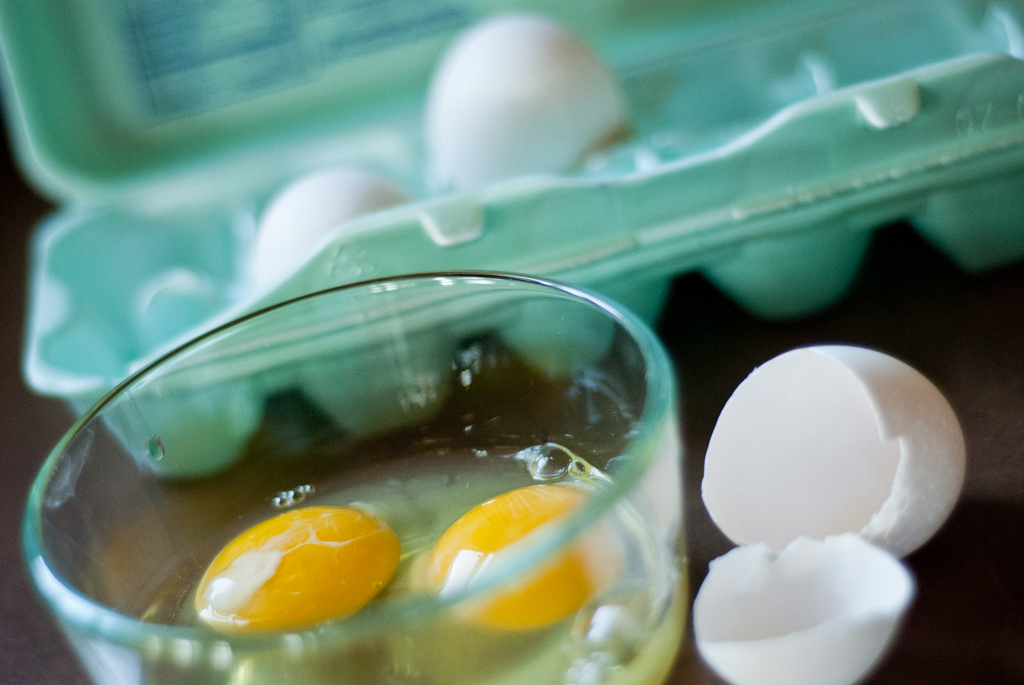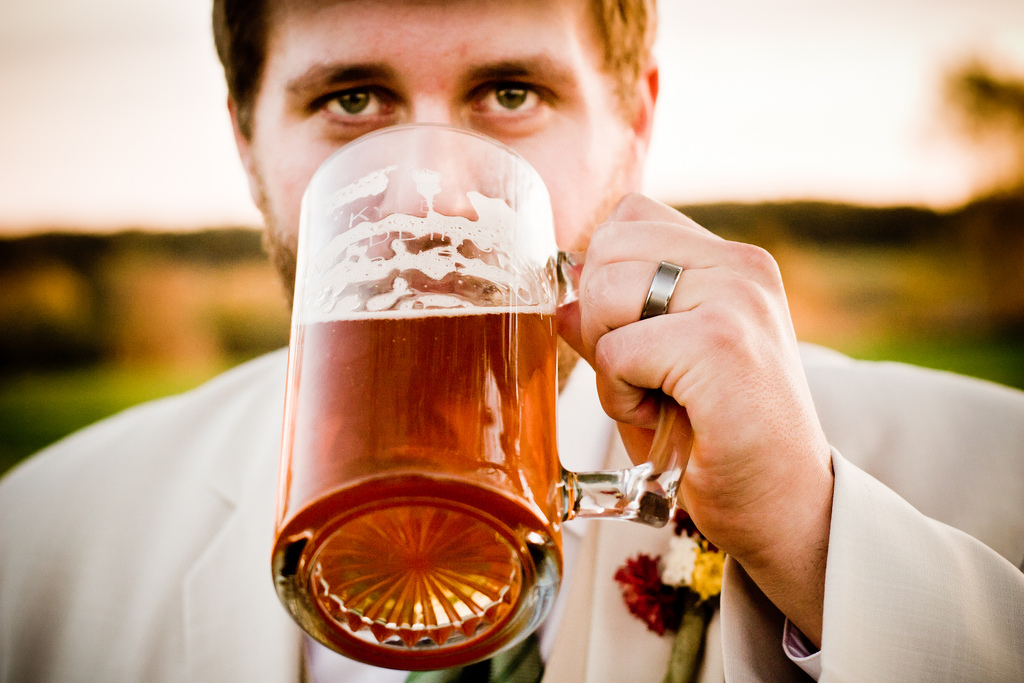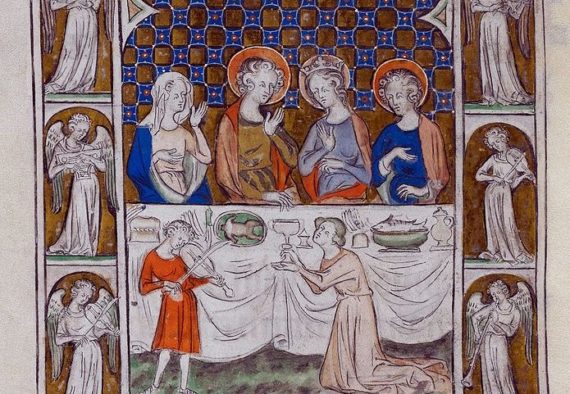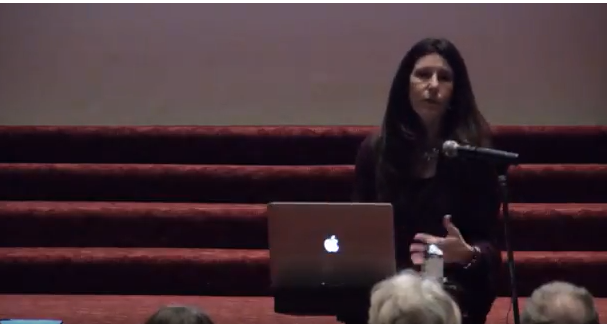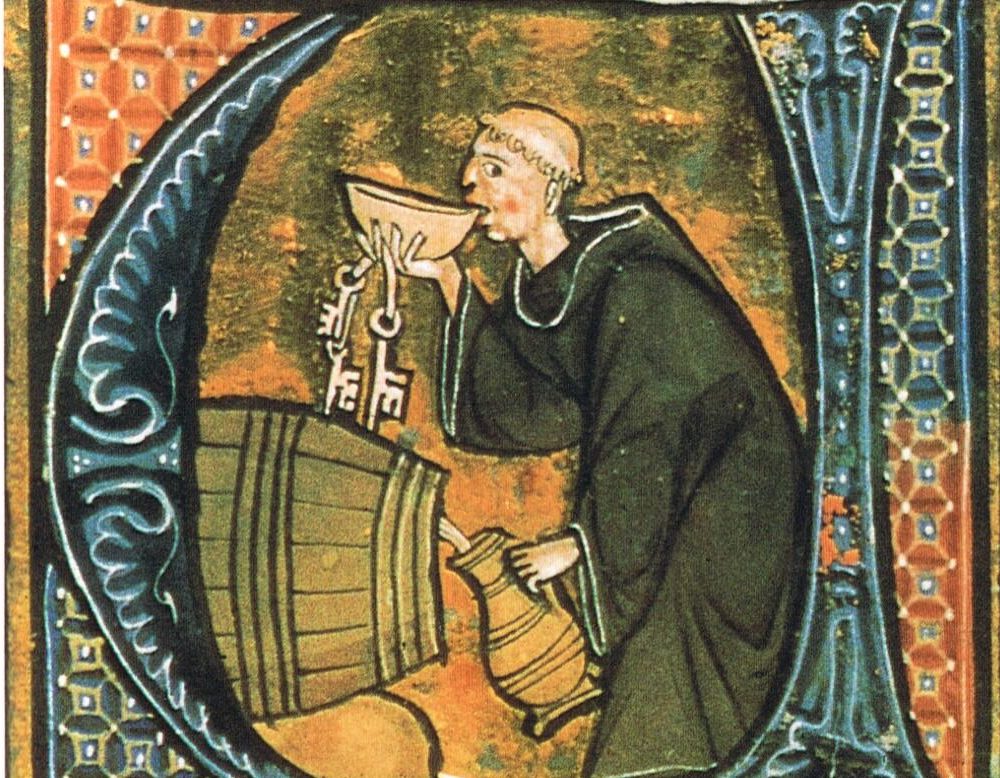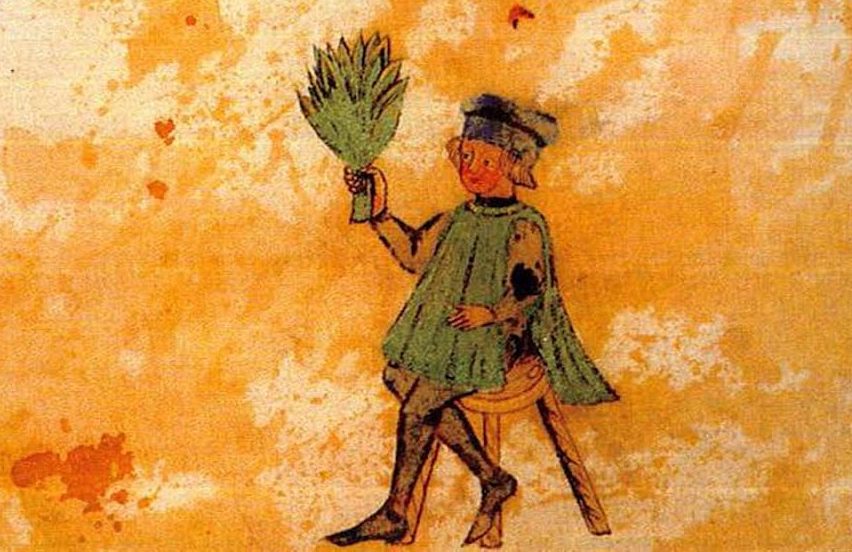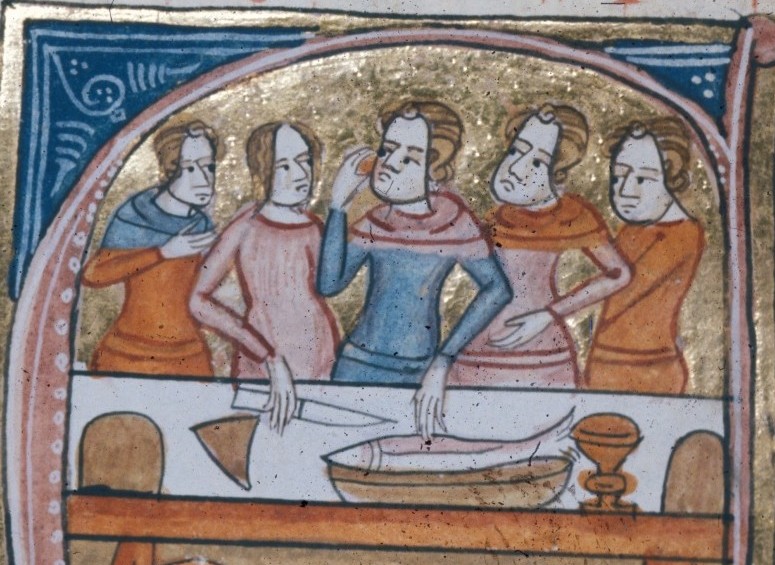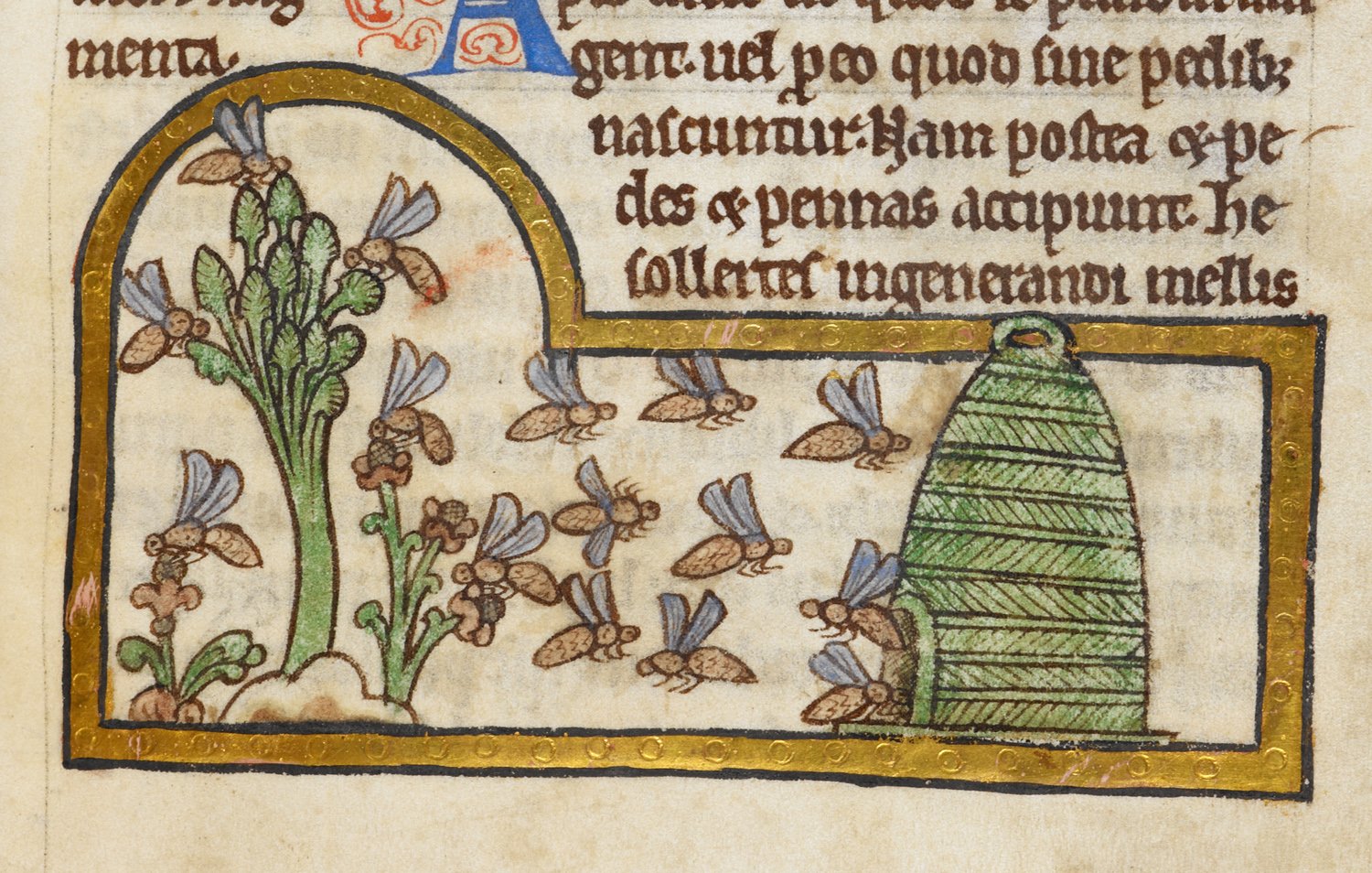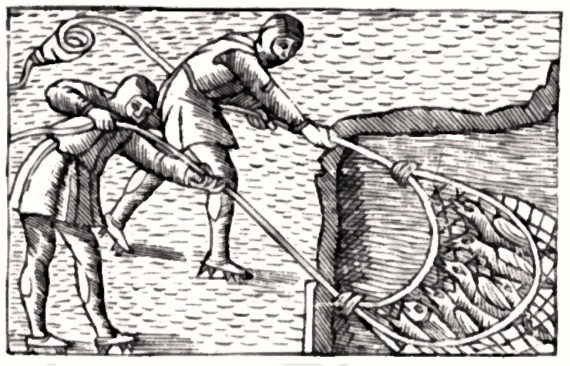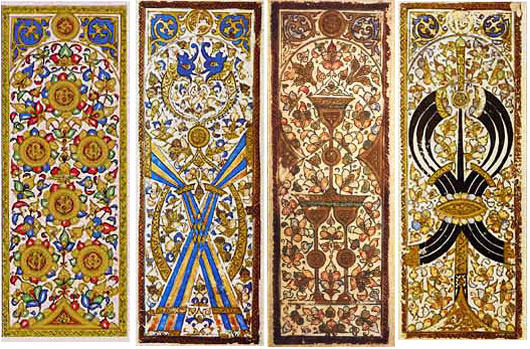Straight from the Pot: Cuisine and Power in West Africa and in the Epic of Sunjata
The Sunjata epic describes the founding of the Mande Empire of the thirteenth century and bears the name of its founder.
From Haggis to Oyster Stew: Medieval Recipes from Liber cure cocorum
Looking to get some culinary expertise from the Middle Ages? Try these four recipes from the fifteenth-century.
Dried Fish and the Vikings
This month we’re taking a look at the modern cultural phenomena of “superfoods” and the latest Nordic sensation on the market – dried fish!
Merrie Medieval Recipes for Holiday Feasting
I’d like to suggest a few common and simple medieval recipes for your table.
Milk: Does a Viking Good?
For more adventures in weird “Viking” food, this month we’re delving deeper into the history of Viking Age and medieval Scandinavia and their culture of milk-drinking.
Medieval whisky still discovered in Scotland
A medieval structure, believed to be the remains of one of the oldest whisky stills ever discovered, has been unearthed at Lindores Abbey.…
Vikings: The Salty Dogs of the Northern Seas?
Can there be such a thing as ‘Viking Salt’? Beth Rogers, in the first post for her new column on Medieval Food, looks for the answers behind this unusual product and how the Vikings are being associated with healthy eating.
Food of Medieval and Renaissance Scandinavia
After the end of the Viking age, Scandinavian food culture changed due to contacts and cultural influences. The upper classes were inspired by dishes of continental Europe, and we start to get some literature that can give us more insights into the food culture.
Parasites from medieval latrines tell a story of changing dietary habits
A radical new approach combining archaeology, genetics and microscopy can reveal long-forgotten secrets of human diet, sanitation and movement from studying parasites in medieval poo.
How fruits spread along the Silk Road in the Middle Ages
New research reveals that many of the most familiar fruits in our kitchens today were cultivated in Central Asia over a millennium ago
How to make an omelet, medieval-style
A 14th-century recipe for making an omelet.
Hveiti ok Hunang: Viking Age Icelandic Mead?
This paper will try and draw out the picture of mead in Viking Age Iceland, a picture worth elaborating on due to the importance of Icelandic sources of information for an even larger culture.
What We Knew About Medieval Persian Cuisine
We know some things about Sassanian cuisine in directly or by inference. For instance they Persians have taken up on idea of sugar, which had been obtained from sugar cane sap in India and developed a theory about the kind of a super refined white sugar coat. And that they had taken the first steps down the road to the despair for our dentists by exploring syrup.
Nomads were setting food trends along the Silk Roads
‘Nomadic groups likely had access to a wider variety of foods. Through their mobility, they promoted far-reaching networks along the Silk Road, and therefore had great potential to influence trends and cultural changes’
Exploring the world of colourful medieval cuisine
Colour often has a great influence on how we perceive the food we eat. It can make food appear more appetising, or even warn that something is wrong. This was just as true for diners in the Middle Ages as it is for modern consumers.
Sephardic Food and Identity in Medieval Spain
This talk explores what foods were recommended by Sephardic authors as part of a healthy and spiritually rewarding lifestyle, as well as how Sephardic cuisine had a prominent place in the literary and cultural imagination of medieval Christian Spaniards.
The Miracle of the Unspilled Beer
Was not spilling beer important enough to be considered a miracle? For one seventh-century writer it was!
“God Sends Meate but the Devill Sends Cookes”: Cooks Working in French and English Great Households, c.1350-c.1650
This dissertation analyzes newly uncovered archival data and printed primary-source material related to French and English cooks employed in great households between 1350 and 1650.
The Medieval Vegetarian
The idea that it was wrong to meat in the Middle Ages was certainly not widely held. Most people would consume meat from cattle, sheep and other animals without any vexation. However, one well-known 11th century poet was not only a vegetarian, but also a practicing vegan.
Medieval European Medicine and Asian Spices
This article aimed to explain the reasons why Asian spices including pepper, ginger, and cinnamon were considered as special and valuable drugs with curative powers in the Medieval Europe.
Beekeeping from Antiquity Through the Middle Ages
Beekeeping from Antiquity Through the Middle Ages By Gene Kritsky Annual Review of Entomology, 2017. 62:249–64 Humans and honey bees have a long history…
Nutrition and the Early-Medieval Diet
The food supply of the temperate lands of early-medieval western Europe, and the ways in which its peoples dealt with the central problem of feeding themselves, has been subjected to a variety of interpretations in recent years.
Medieval Manuscripts: Bread in the 15th-century
The manuscript ‘Tacuinum Sanitatis’ shows modern readers how medieval bakers prepared bread.
What to eat in (and at) Medieval Times
If the Renfair people can get this right, how does the Medieval Times menu perform?
The Delectable War between Mutton and the Refreshments of the Market-Place: Rereading the Curious Tale of the Mamluk Era
At some point in XV century, Ahmad Ibn Yahya Ibn Hasan al-Haggar composed a curious narrative titled ‘Kitab al-harb alma suq bayna lahm ad-da’n wa-hawadir as-suq’ (‘The Delectable War between Mutton and the Refreshments of the Market-Place’).







